
Yapahuwa, Rock fortress
- Yapahuwa was the short-lived capital of medieval Sri Lanka. It is located in the Maho area in between Anuradhapura – Padeniya, A 28 road, and 58 km west of Dambulla. The King Buwanekabahu – I have shifted from Polonnaruwa to Yapahuwa in 1272 due to the south Indian invasion. He has built his palace and the city in a 90 m high Yapahuwa rock boulder in a similar concept to Sigiriya. It was lasting as the capital of Sri Lanka until King Buwanekabahu – I death in 1284.
Yapahuwa rock fortress was built with strong battle defense by two ramparts and a moat. The remnants of those ramparts and moat can still be seen. The outer fortification is about 6 m in height and 800 m long and the inner fortification was about 3.6 m in height and 450 m long. The most sticking feature of Yapahuwa today is the steep ornamental staircase. Once it was led to the temple of tooth relic. The 2 lion statues on the staircase are high-quality craftsmanship. That has shown the connection with China in those days because that kind of lion figure was common in that period in China. The museum in the site has also displayed a number of Chinese coins and part of a beautifully decorated stone window of the porches on the staircase.
- Yapahuwa was the short-lived capital of medieval Sri Lanka. It is located in the Maho area in between Anuradhapura – Padeniya, A 28 road, and 58 km west of Dambulla. The King Buwanekabahu – I have shifted from Polonnaruwa to Yapahuwa in 1272 due to the south Indian invasion. He has built his palace and the city in a 90 m high Yapahuwa rock boulder in a similar concept to Sigiriya. It was lasting as the capital of Sri Lanka until King Buwanekabahu – I death in 1284.
Yapahuwa rock fortress was built with strong battle defense by two ramparts and a moat. The remnants of those ramparts and moat can still be seen. The outer fortification is about 6 m in height and 800 m long and the inner fortification was about 3.6 m in height and 450 m long. The most sticking feature of Yapahuwa today is the steep ornamental staircase. Once it was led to the temple of tooth relic. The 2 lion statues on the staircase are high-quality craftsmanship. That has shown the connection with China in those days because that kind of lion figure was common in that period in China. The museum in the site has also displayed a number of Chinese coins and part of a beautifully decorated stone window of the porches on the staircase.

 +39 - 39 - 307 6 3730
+39 - 39 - 307 6 3730 +94 - 74 - 000 9208
+94 - 74 - 000 9208

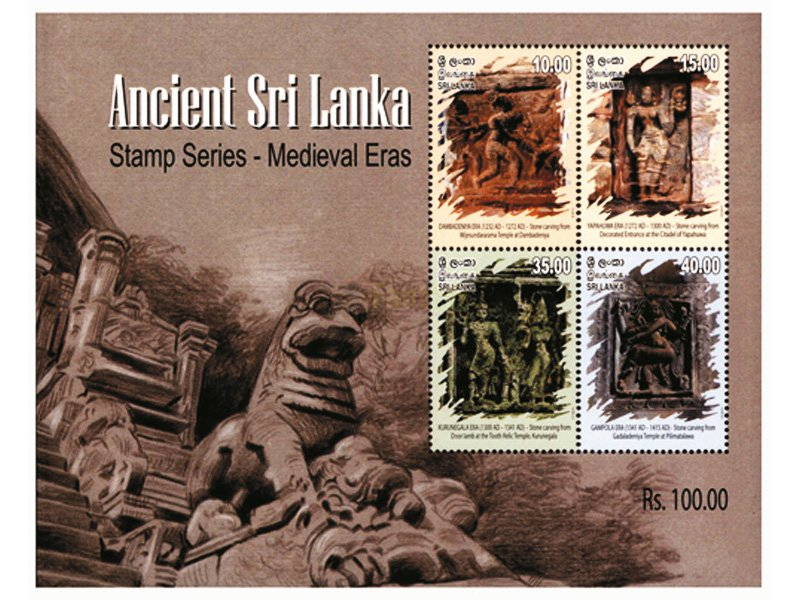
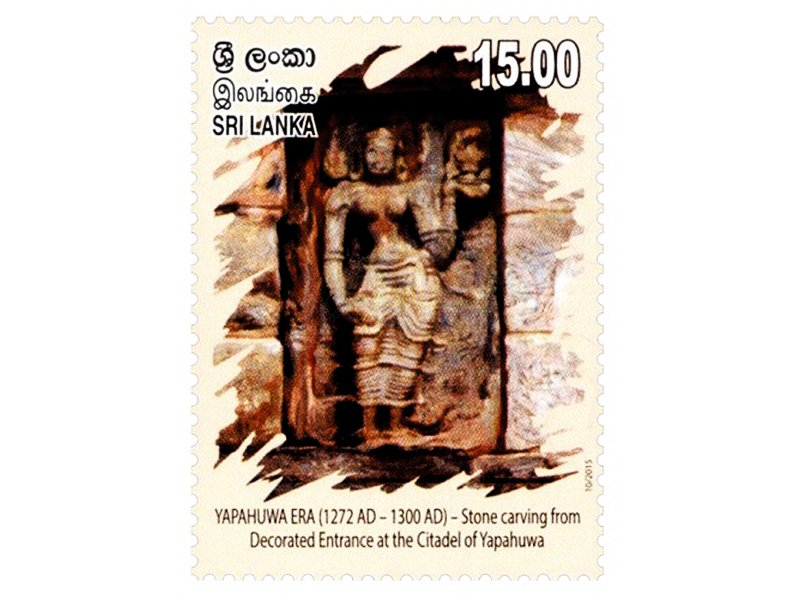
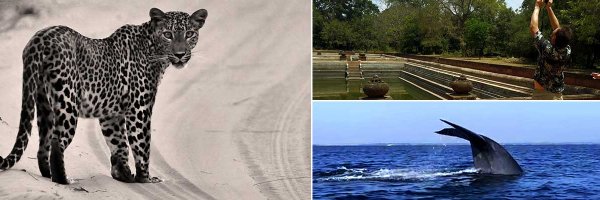
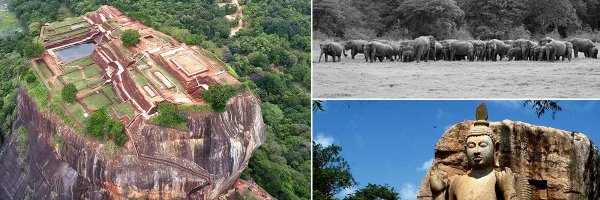
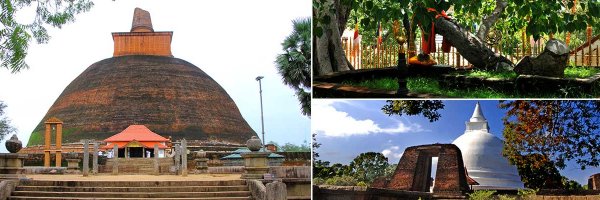


Share this page